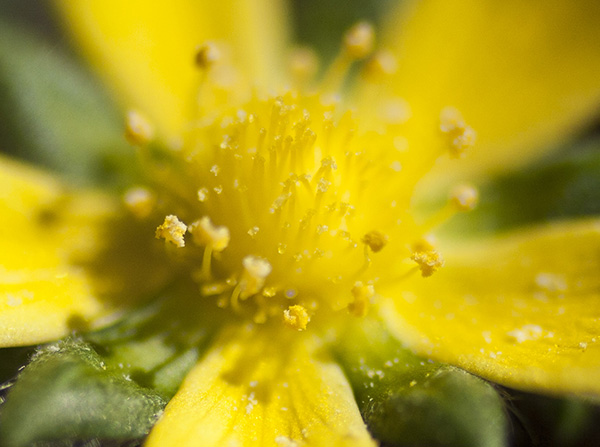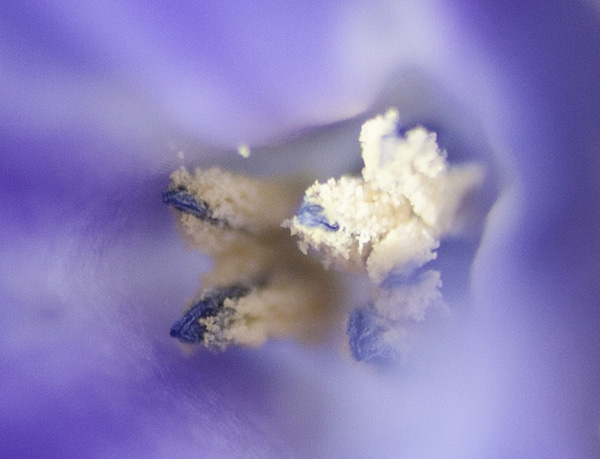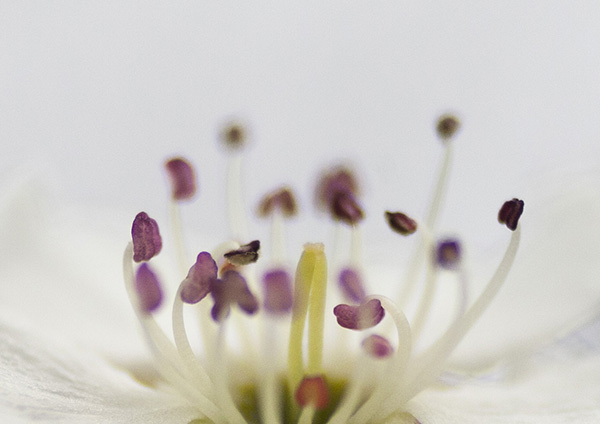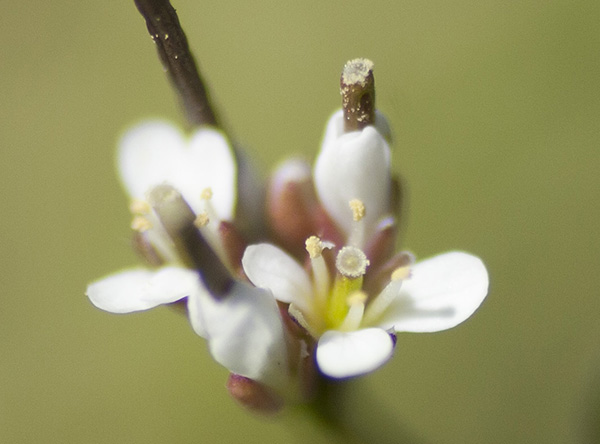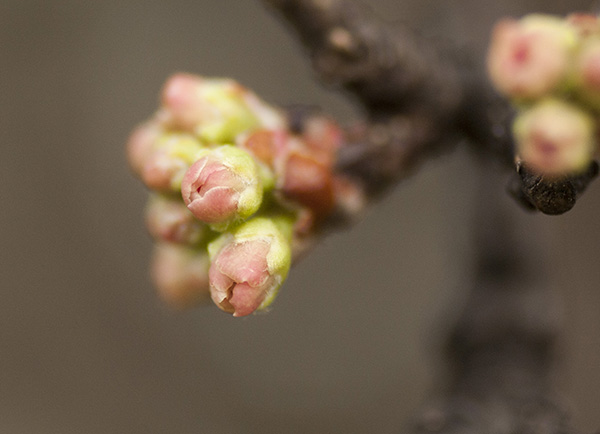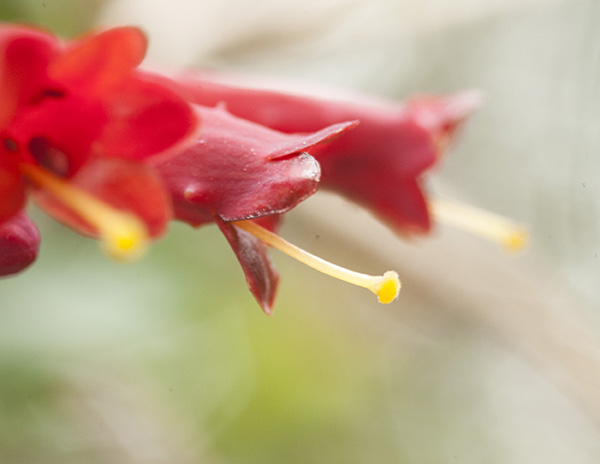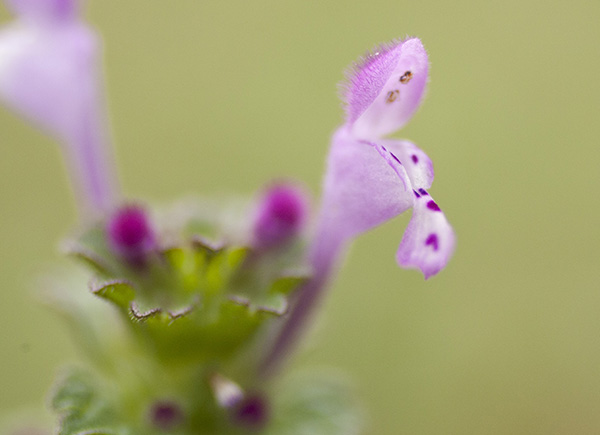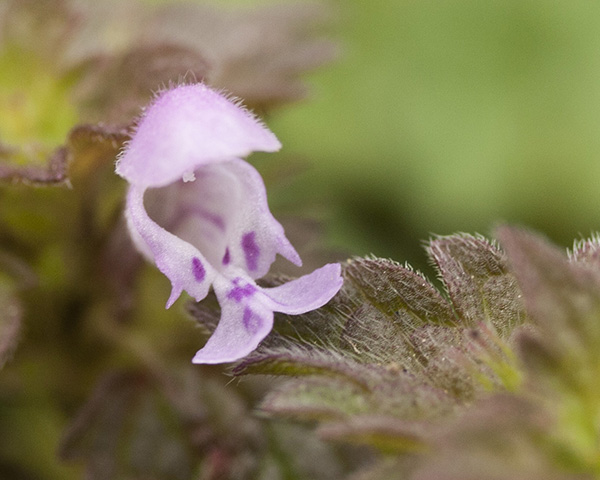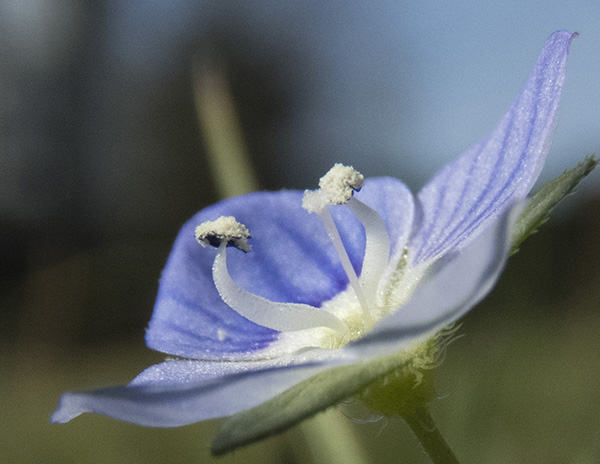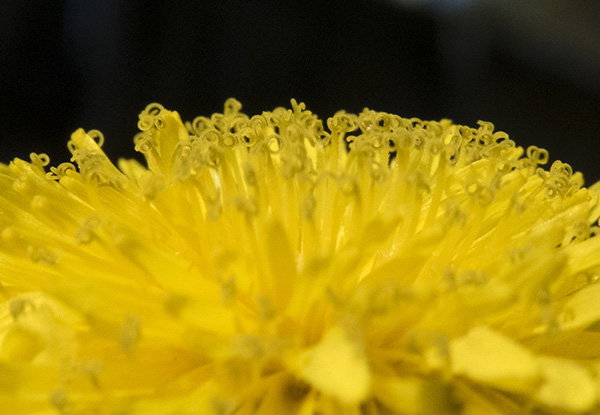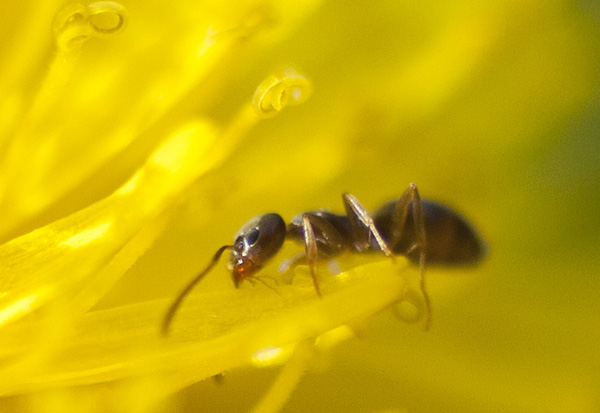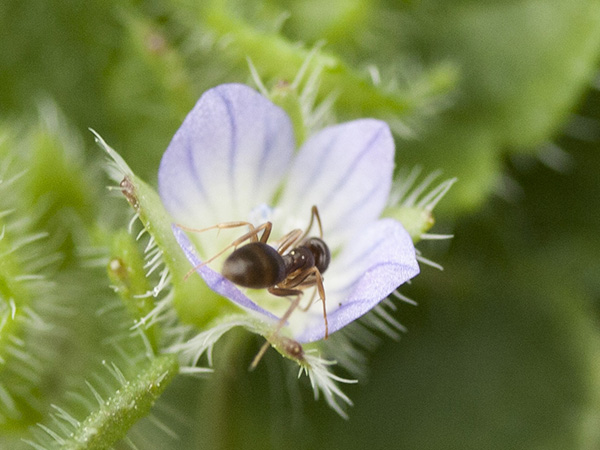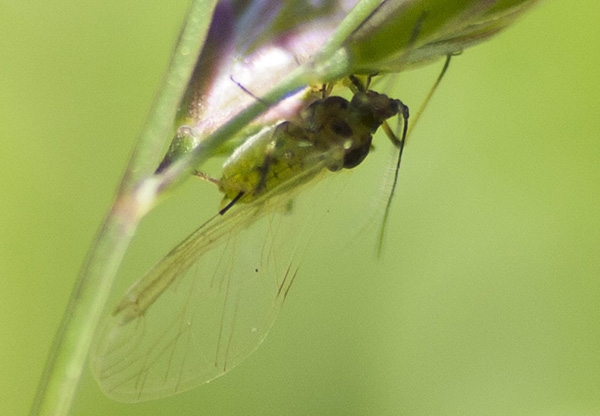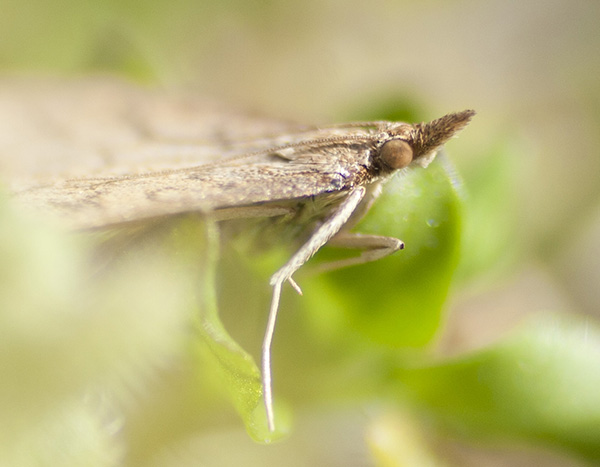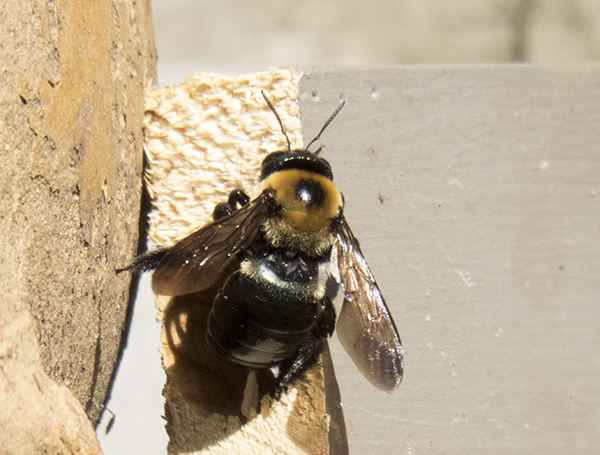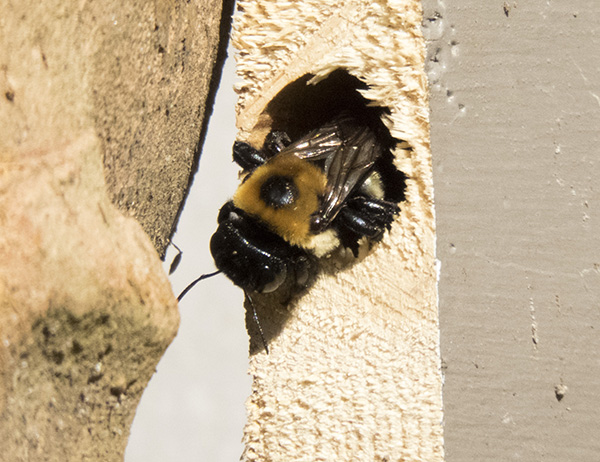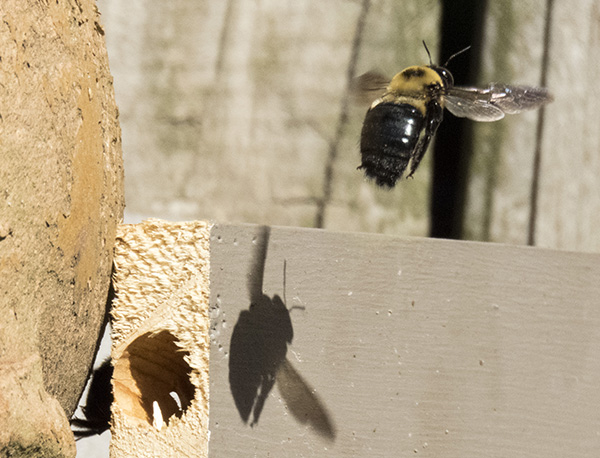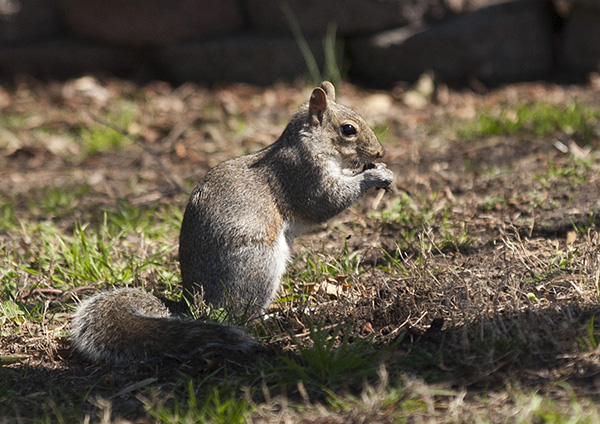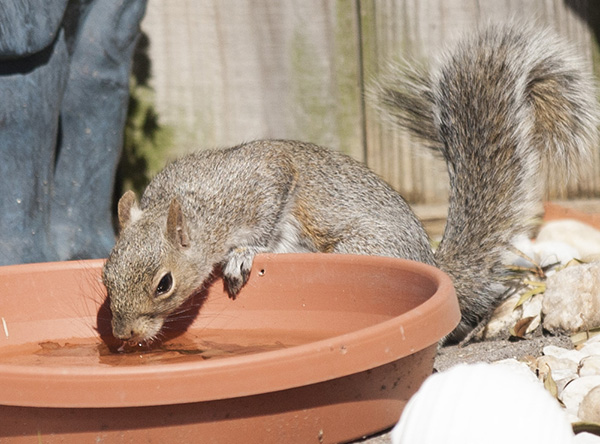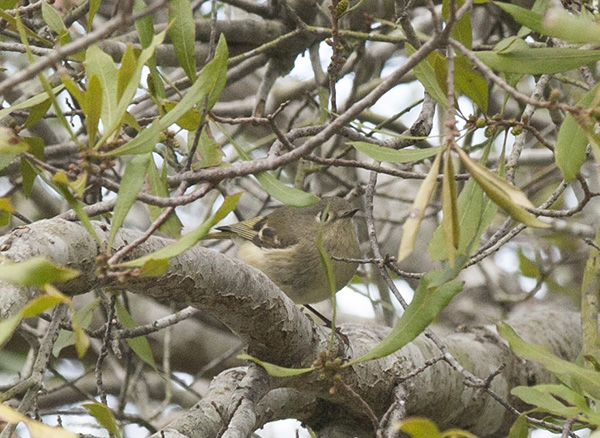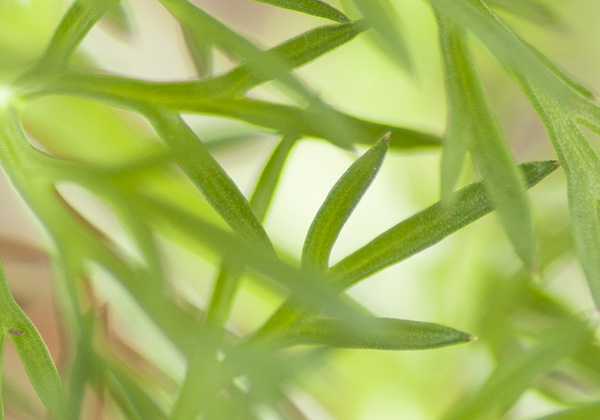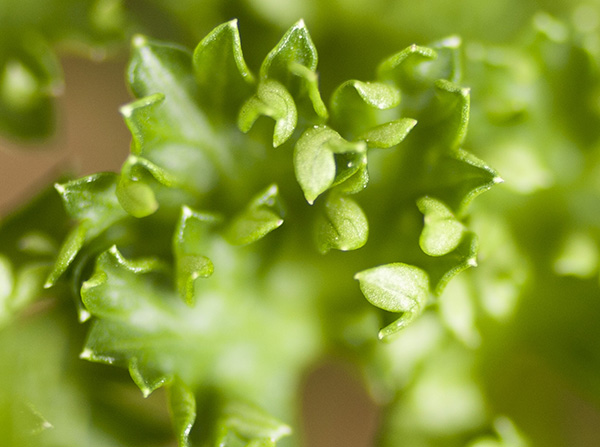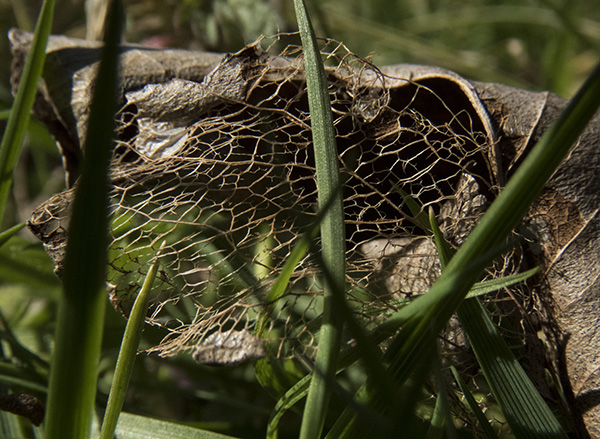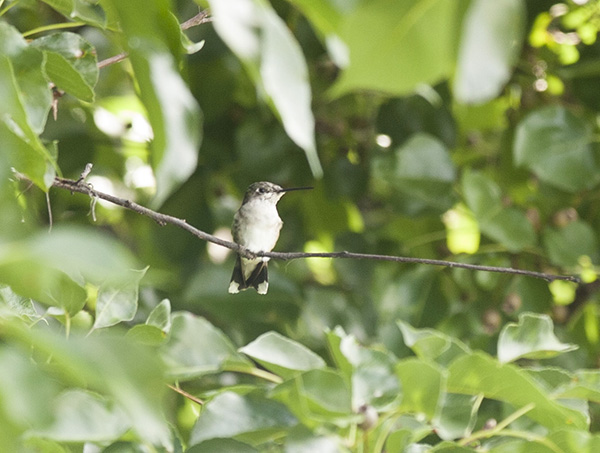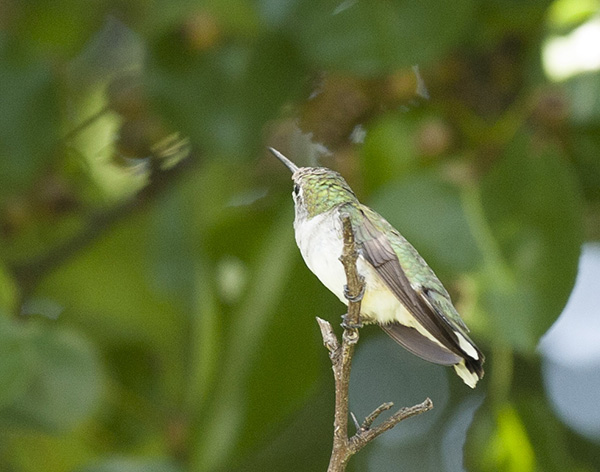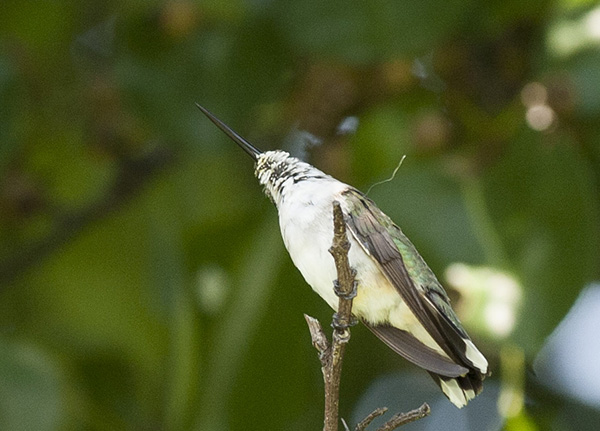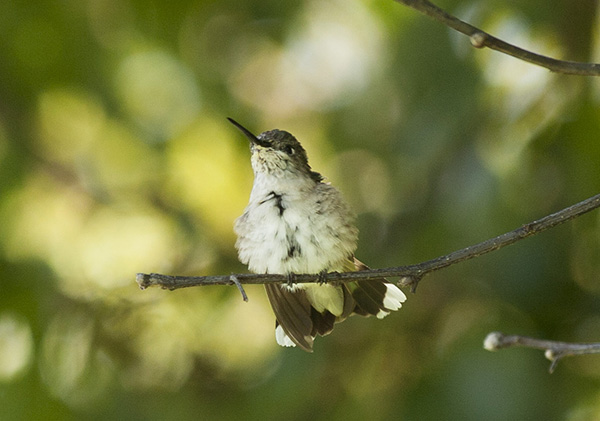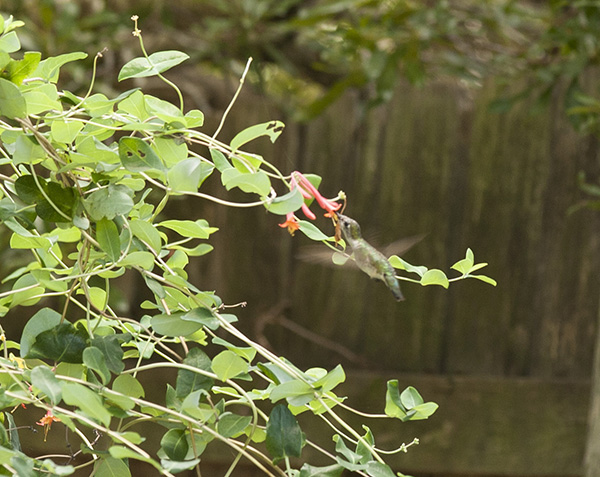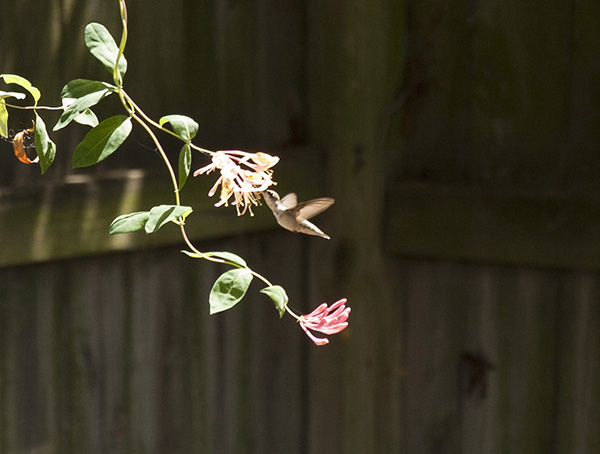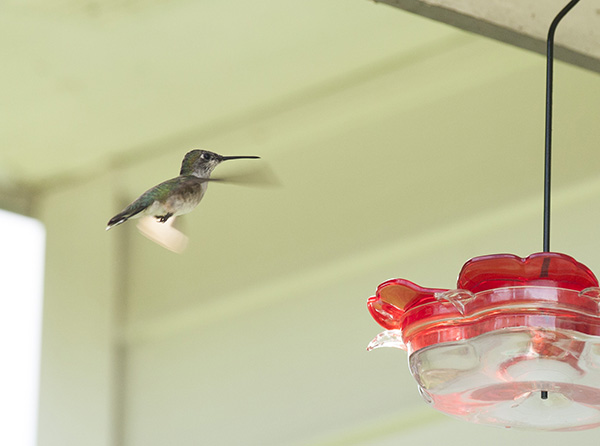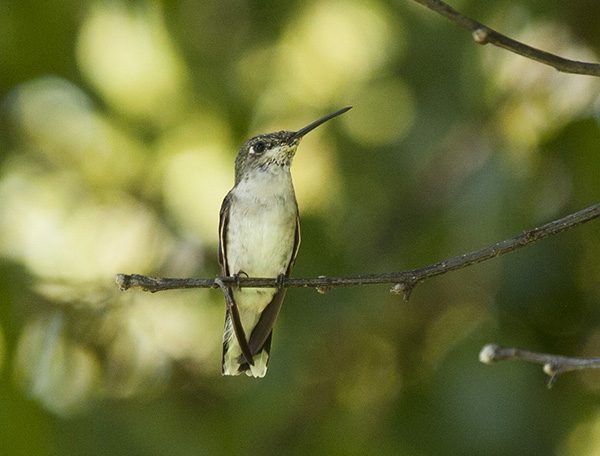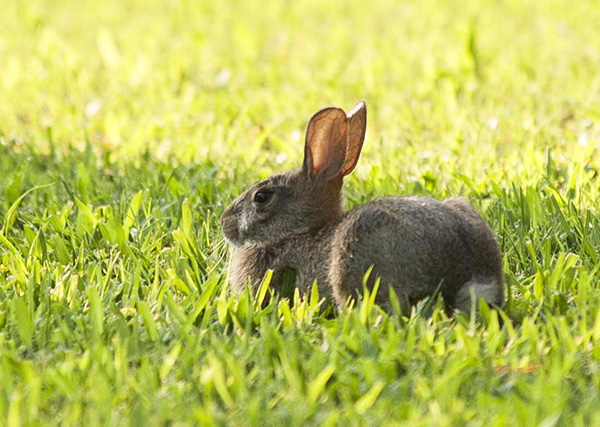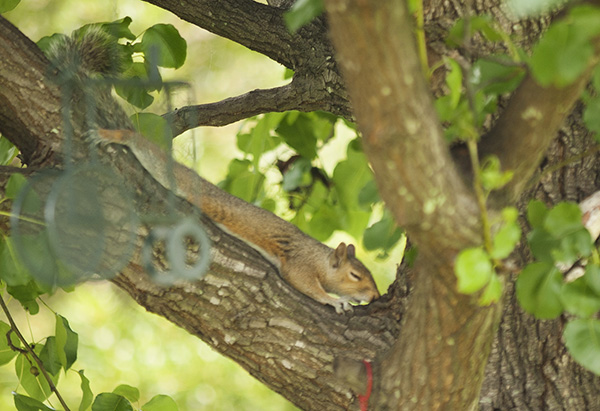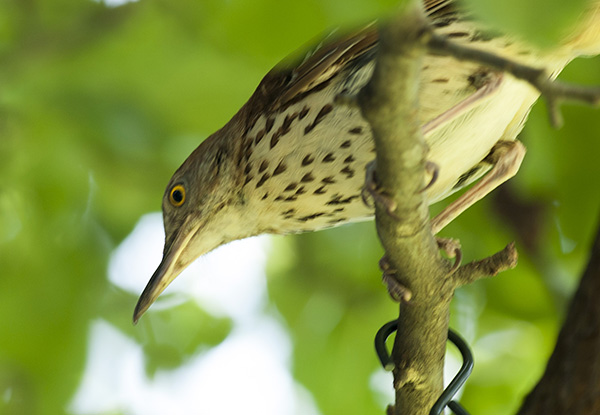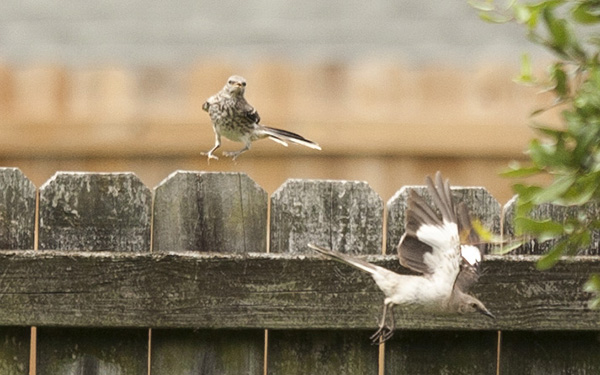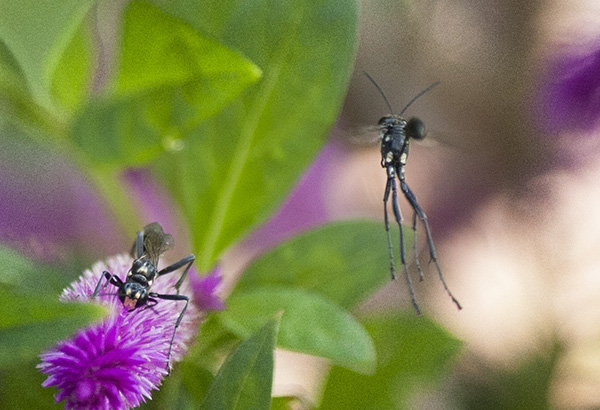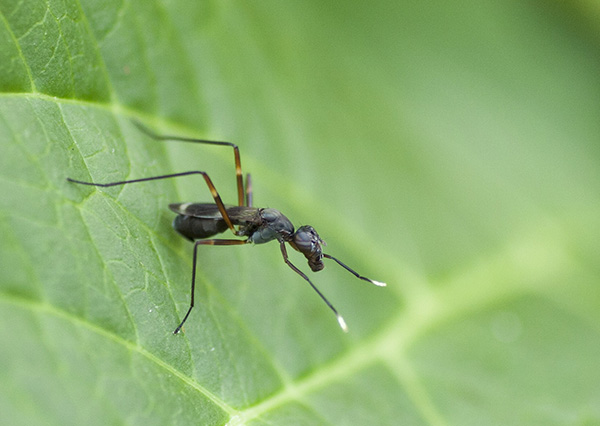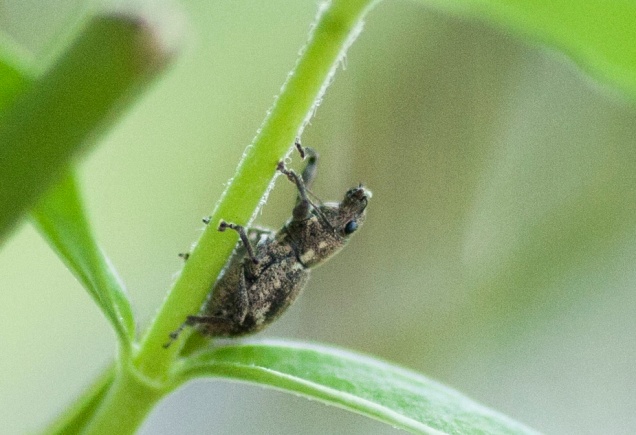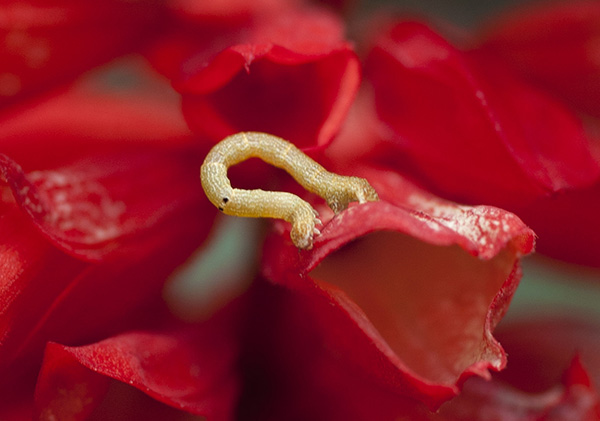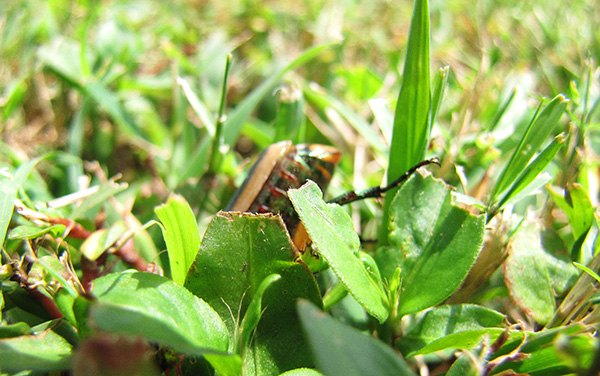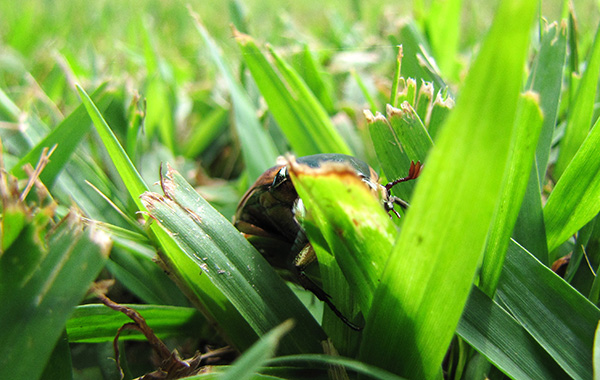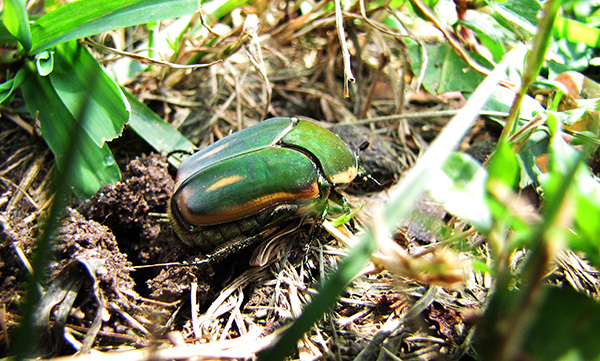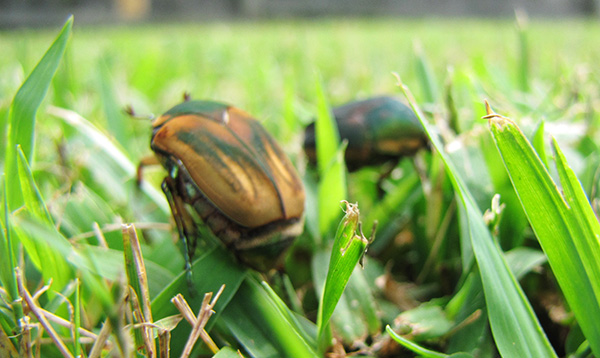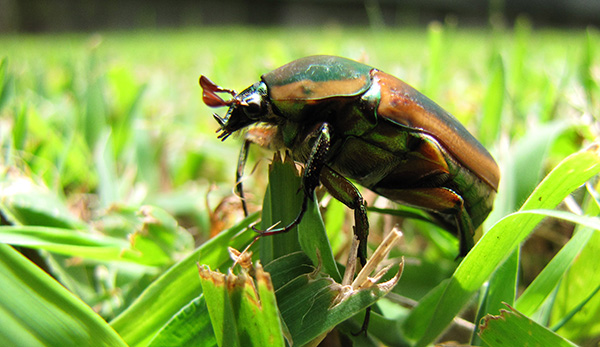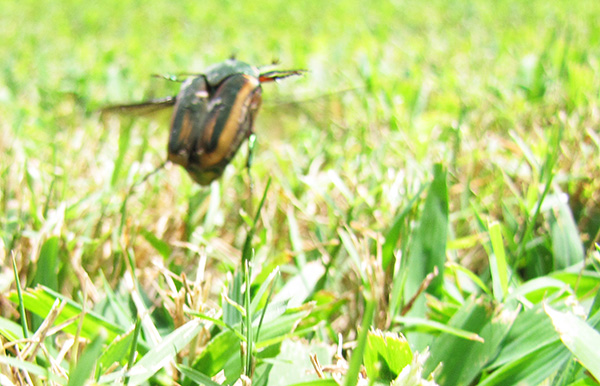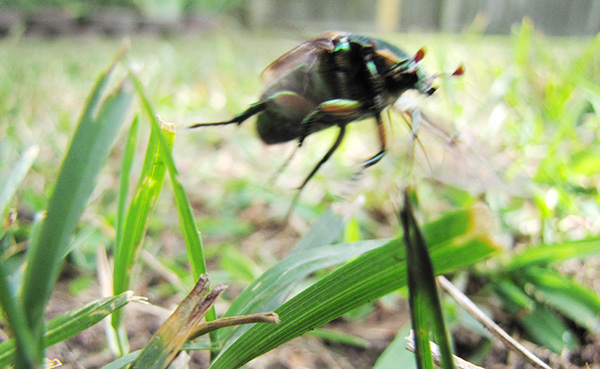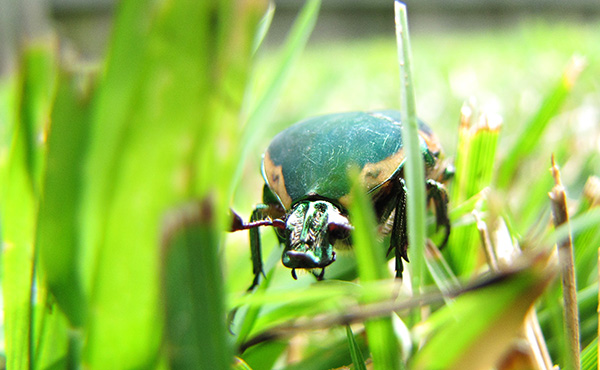The house wrens’ nestlings fledged this week. They fledged while I was busy doing other things, and I regret missing the moment of their departure. (For more about the house wrens, see here, here, and here.)
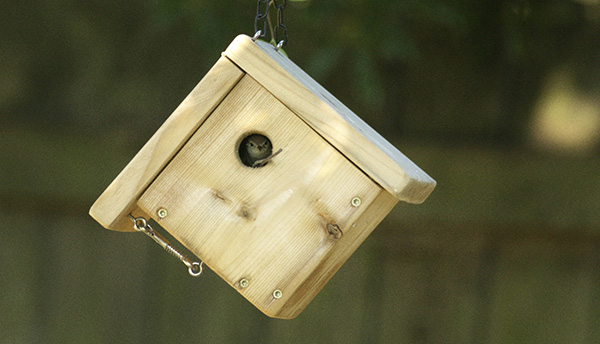
During the last two months, our little family of birds have been a constant source of amusement and amazement. At first the male worked alone, a tiny bustle of feather and song. Then his mate arrived, bristling with scolds. Together they transformed the nest box into a vessel seemingly immune to the laws of physics. They stuffed it with so many twigs that it should have burst at the seams or collapsed into a singularity. Instead it rocked gently in the wind as eggs were laid, as the first male lost control of the box and his eggs were destroyed, and as he reclaimed the box and eggs were laid again.
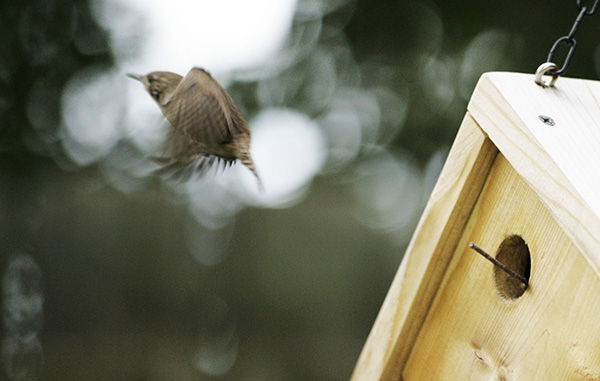
In early August, the eggs hatched.
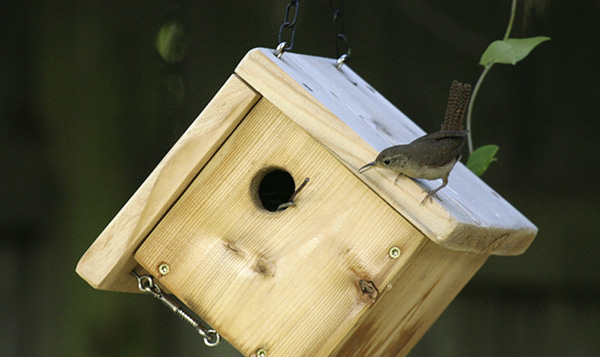
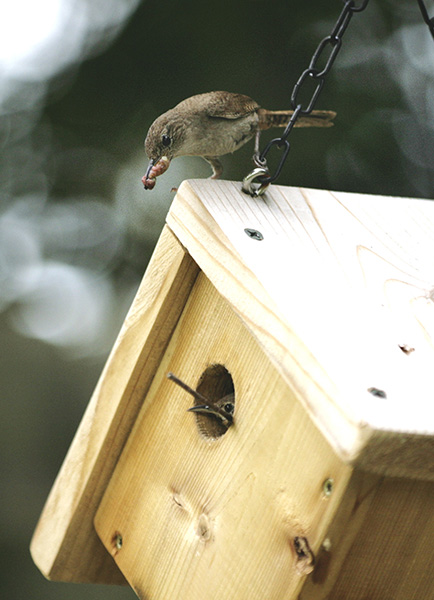
As the nestlings’ voices grew more and more insistent, the wrens again defied physics. They expended so much energy, feeding their young, that both birds should have grown weak and thin.
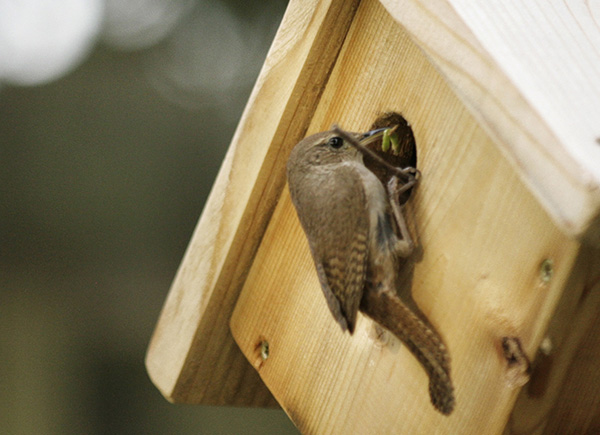
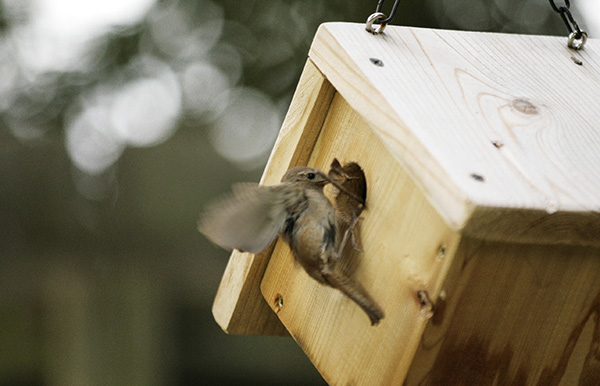
Among the insects I recognized, there were caterpillars, moths, katydids, and crickets.
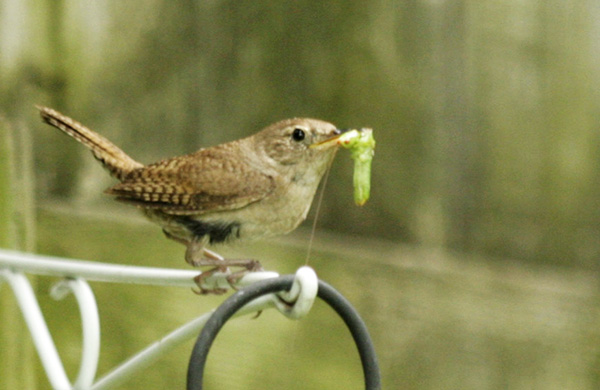
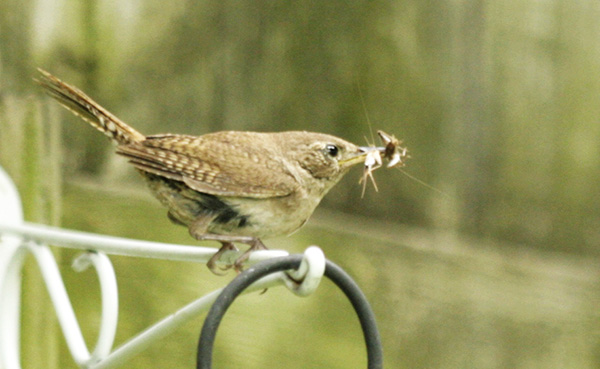
The yard should have run out of insects, but it didn’t.
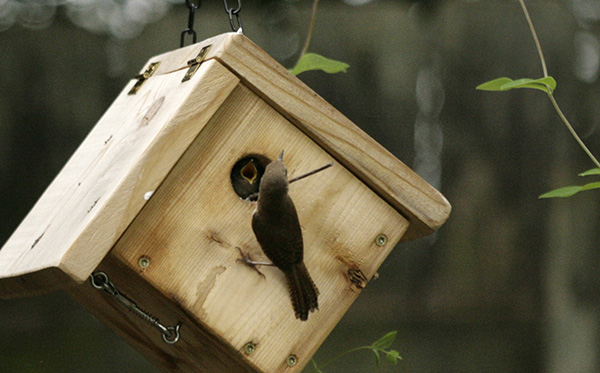
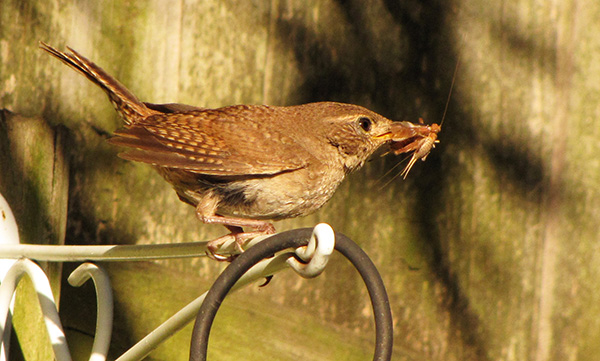
I don’t know how many nestlings they were feeding. More than the box should have been able to hold, wedged in with all of those twigs.
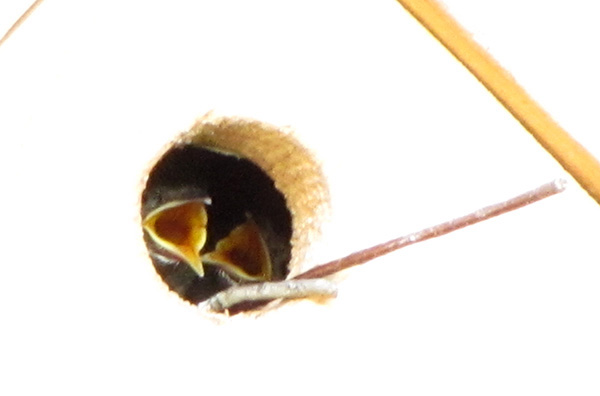
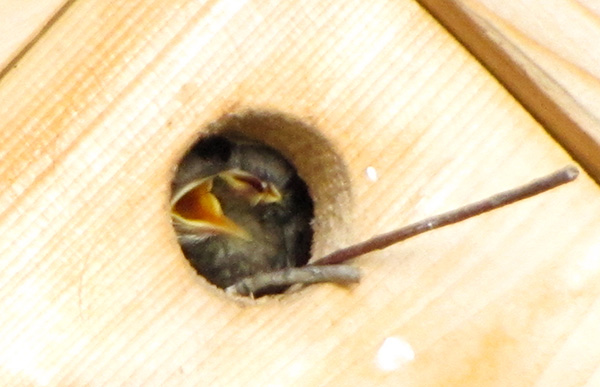
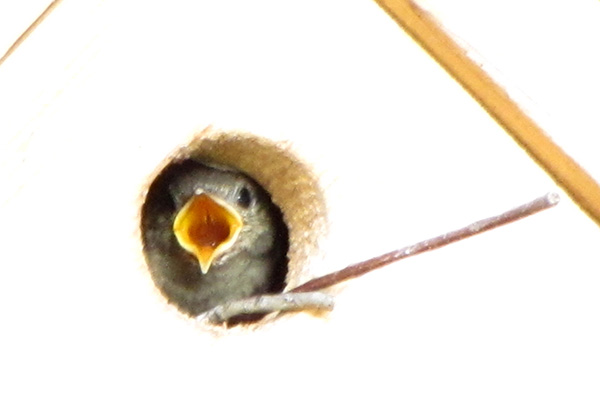
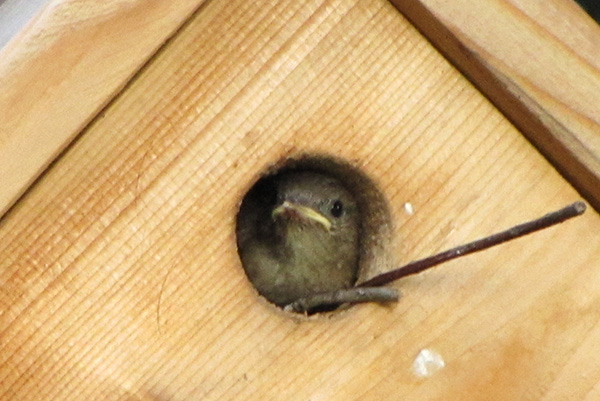
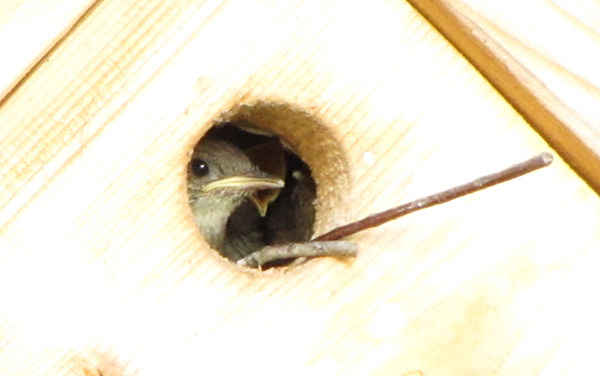
Then, around mid-morning on August 26th, I found the box abandoned.
I want to believe that I’ve heard the fledglings, in the days since, begging from deep within the wax myrtle, or from the neighbors’ yards, or across the street. I want to believe I would recognize them if they returned to the yard, which seems unnaturally quiet now.
Perhaps they will return next year, all grown up and beyond recognition. Perhaps they will fill the yard, once more, with songs and scolds. Fill the nest box with twigs and eggs, and, in the process, fill me with more delight than I should be able to hold.
